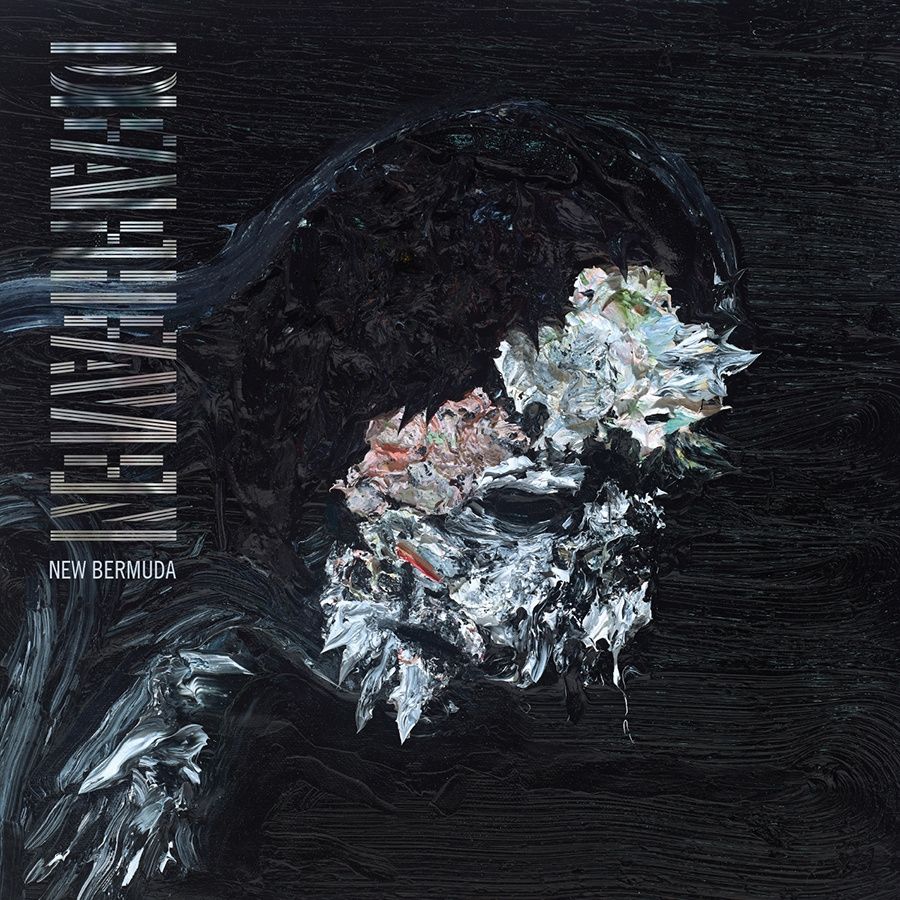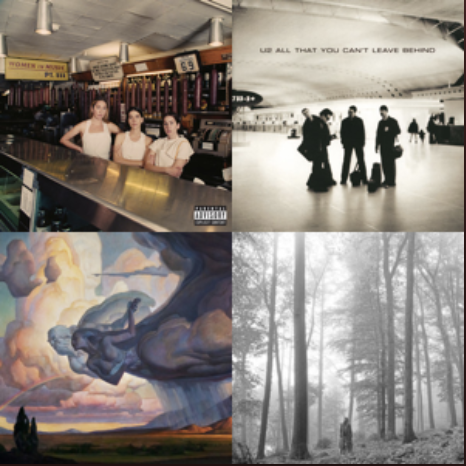The spirit we know as the Romantic has, from its beginnings in the backwaters of eighteenth-century Germany, taken many forms: within its folds can be found the sublime melodies of Beethoven, the passionate verses of Byron, the organic dialectic of Hegel, the pastoral ballads of Wordsworth, the mystical landscapes of Caspar David Friedrich, the Gothic blackness of Wuthering Heights, the eerie fables of Washington Irving, the tortured yearnings of Wagner—to name its most popular expressions. At first, there would seem to be little uniting these disparate elements under a single name, and yet the deeper one delves, the clearer the common threads become.
At its heart, Romanticism is rebellion. Not rebellion for its own sake, but rebellion against an enemy all Romantics have deemed the most heretical to life itself: a tidy, rational, scientific, logical, fully knowable, and closed universe; that is, any overly rigid system, which forfeits passion, authenticity, creativity, originality, and mystery for spiritual death. Rebellion fueled Romanticism from the beginning, when a small but vocal group of Protestant German intellectuals, artists, and theologians rose up against the rational principles of the great Enlightenment project, whose expositors were mostly French and mostly atheists or deists (a lukewarm position possibly more heinous in Romantic eyes than atheism). The Enlightenment philosophes had seen themselves as the culmination of history; where before there was darkness, ignorance, irrationality, now there was light, tolerance, reason. Thinkers as different as Newton, Spinoza, Diderot, and Kant, like the Greeks before them, all saw the universe as a cosmos, a rationally ordered system which could be fully explained and understood and whose eternal laws ought to be applied to everyone at all times. Every discoverable question can be articulated; every question has a discoverable answer. The book is closed and the story all but written. Against this towering fortress the Romantic movement hurled itself with the force of a siege engine.

Hundreds of years later, that fortress lies half in ruins, having sparred with a host of other enemies, and Romanticism, in many ways, has been reduced to a set of clichés: the ideal of the suffering artist, who is driven to madness by an original, almost demonic, genius; a dual view of Nature, both as uncorrupted, idyllic Eden and terrifying, pagan power; unbounded passion, emotionalism, and unconsummated love. These ideas suffuse our movies, our literature, and our imaginations. But the authentic, rebellious spirit of Romanticism lives on today, often in unexpected places.
If Romantic creativity finds its spark in antagonism to neat, ordered, too-rational, even bourgeois environments, then it has found one of its most fruitful expressions in that often cliché-ridden genre of music beloved of adolescent boys, tattooed muscle heads, faux-Satanists, aficionados of technique, and normal people alike: heavy metal. Music, along with poetry, have always been the art forms most conducive to Romantic expression, for a simple reason. These arts generally embody everything the Enlightenment sought to liberate itself from: intuition over rationality, mystery over explanation, transcendence over materialism. The poet or musician stands as antitype to the scientist, Dionysus against Apollo, as that authority which can rightfully speak for and direct humanity. As Blake puts it: “Art is the Tree of Life. Science is the Tree of Death.” And metal, at least in its fringe sub-genres, has always been one of the most extreme forms of music, seeking to stretch what is inherent in the art to its limits. Metal takes the rebellious and anti-scientific core of Romanticism, channels it through amplifiers, and turns it against the kinds of modern fortifications that approximate the intellectual hubris of the Enlightenment.
That the Romantic spirit animates metal is evidenced by Beethoven’s chugging bass lines, virtuosic treble runs, aggressive chord progressions, and minor-key sonorities, which reappear in the albums of Megadeth, Slayer, and Death. The Gothic tropes of the macabre, the grotesque, and the weird inform possibly every metal band’s album art, stage presentation, and general appearance, but perhaps most particularly those bands with a penchant for theatrics, from Immortal to Rob Zombie. And then there is Blake—who, as the poet Michael Robbins points out in an essay on poetry and metal for Harper’s, is the best untapped resource for aspiring metal lyricists, as in this passage from Milton:
The Negation is the Spectre, the Reasoning Power in Man:
This is a false Body, an Incrustation over my Immortal
Spirit, a Selfhood which must be put off and annihilated alway.
The lyrics in The Ark Work, the latest album by experimental black metal band Liturgy, attempt the same sentiment, even with an outright reference to Blake in The Marriage of Heaven and Hell—although these words fail at attaining the status of what we might call good poetry (as is the case with most metal lyrics, although the words aren’t usually the point):
The doors of perception will open and close
Hope will exist in a problematic relationship with reason
Libidinal energy will whirl round like a rattle rattling
Hearts will be stopped bones will shatter shattering
Liturgy is a contentious band; the often heavy-handed, sophomoric, and esoteric ideas of their frontman, Hunter Hunt-Hendrix—who has penned a manifesto entitled “Transcendental Black Metal: A Vision of Apocalyptic Humanism”—have caused backlash among both mainstream listeners and traditional black metal diehards. But behind the outer pretensions of the band, the essence of their music is Romantic. Black metal, for Hunt-Hendrix, is not the calcified, anti-Christian, nihilistic expression historically associated with the sub-genre. It is rather a protest against prevailing systems and forms of knowledge, an openness to experiencing more than what is immediately evident or logically expressible.

This broadly Romantic intellectual framework is less a product of pure, disembodied reason and more an amalgamation of many factors derived from first-hand experience. As anyone who has been to a metal concert, or any rock concert, can testify, experiencing music live is tactile and visceral. The throng of bodies, the stench and sting of sweat, the assault on eardrums—all of the senses converge to point to something that could never be expressed in words alone. This intuitive, experiential knowledge implies that the world we have built with language and reason is at least partially artificial. Beyond what we can understand, analyze, and speak about, there exists a plane of reality—not some other-world of Platonic forms, but the world itself in its fullness—the very essence of which is creativity, mystery, and life. According to Schopenhauer, “the composer reveals to us the intimate essence of the world; he is the interpreter of the profoundest wisdom, speaking a language which reason cannot understand.” Descartes seems to be missing something from his lofty and mentally isolated chair.

In the Romantic context, all of this was first and most forcefully articulated by the obscure figure of J. G. Hamann, who was, according to Isaiah Berlin, “the most passionate, consistent, extreme and implacable enemy of the Enlightenment.” Hamann—one of whose many self-styled epithets was the incredibly metal “The Magus of the North”—lived and wrote in the East Prussian city of Königsberg at the same time as Kant, and was Kant’s nemesis in most matters philosophical, habitual, and temperamental. “Do either nothing or everything; the mediocre, the moderate, is repellent to me: I prefer an extreme,” said Hamann. Berlin places Hamann as the originator of a long line of rebellious, poetic iconoclasts that includes Blake, Kierkegaard, Nietzsche, and D. H. Lawrence, forerunners of a sensibility that would later be called existential. Hamann’s greatest enemies were those like Kant and the utilitarian Helvétius, who in their devotion to scientific reasoning as the panacea for all human curiosity, sufferings, and longings betrayed a “total blindness to man’s inner life, or the abysses of which Augustine and Pascal, Dante and Luther wrote” (Berlin, The Magus of the North).
Metal is well acquainted with those abysses. It soaks in them and pours them back out in torrents of sonic energy, howling yelps, and distorted guitars, forming tools to use in the dismantling of a particularly sterile form of Enlightenment rationality. And when that Socratic process of breaking down is not just self-serving or anarchic, when it is directed toward the creation of something new, it can often open up pathways to the transcendent. Nowhere is this more evident than in Sunbather and New Bermuda, the most recent two albums by black metal-meets-shoegaze band Deafheaven. It is difficult to listen to Deafheaven and not be moved, even if you are not a metal fan. They encompass both the highest of the high and the lowest of the low, the full range of human passions which was every Romantic’s duty to express. Although the lyrics again fall short of the eloquence of poetry, lines like “A multiverse of fuchsia/And violet surrenders to blackness now” are fully realized and transformed by the music itself, a perfect harmony of content and form.
When listening to this music, I feel I am in the realm of things apprehended intuitively. Words are slippery things. Like tricks of light at the edge of vision, they disappear when you try to look too closely at them. But the fundamental intellectual agnosticism in Romanticism and metal is not a purely negative posture; at its core is a desire to strip away extraneous ideas, false ideas, idolatrous ideas, the ideas of those who would try to live your life for you. When this happens, the real work of positive self-knowledge, self-determination, even of faith, begins. Hamann again, against the pat systems of stuffy Frenchmen: “Do not forget, for the sake of the cogito, the noble sum.”




